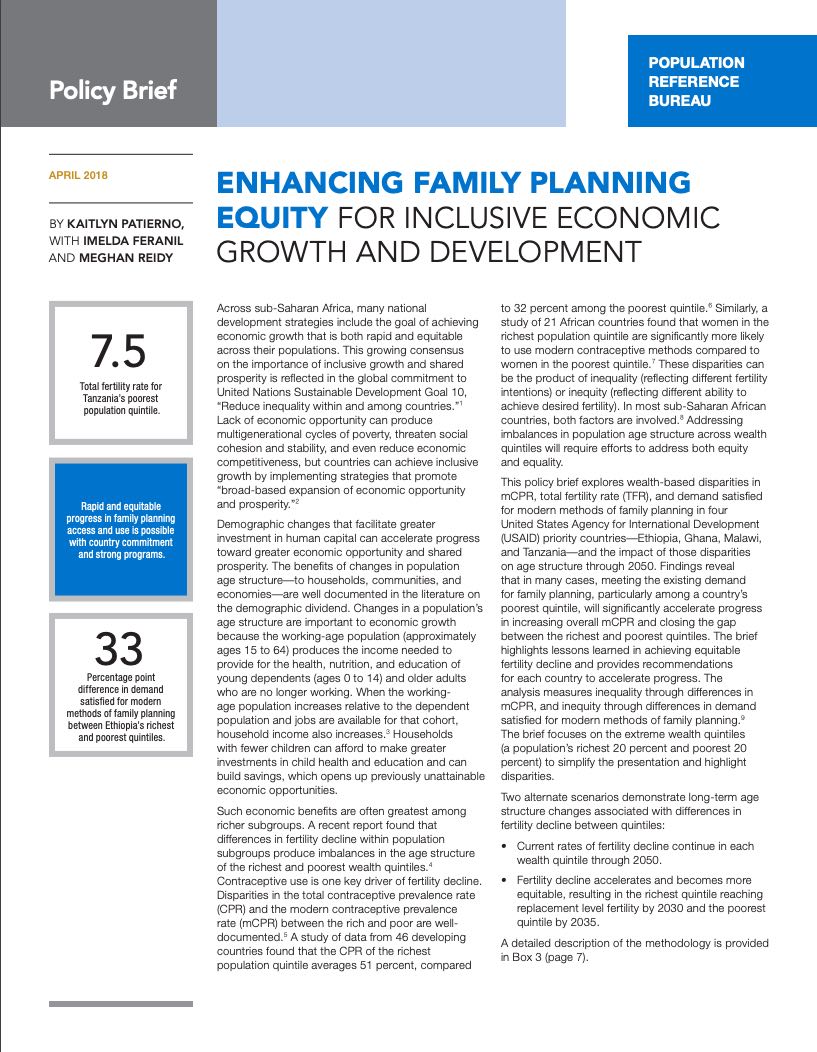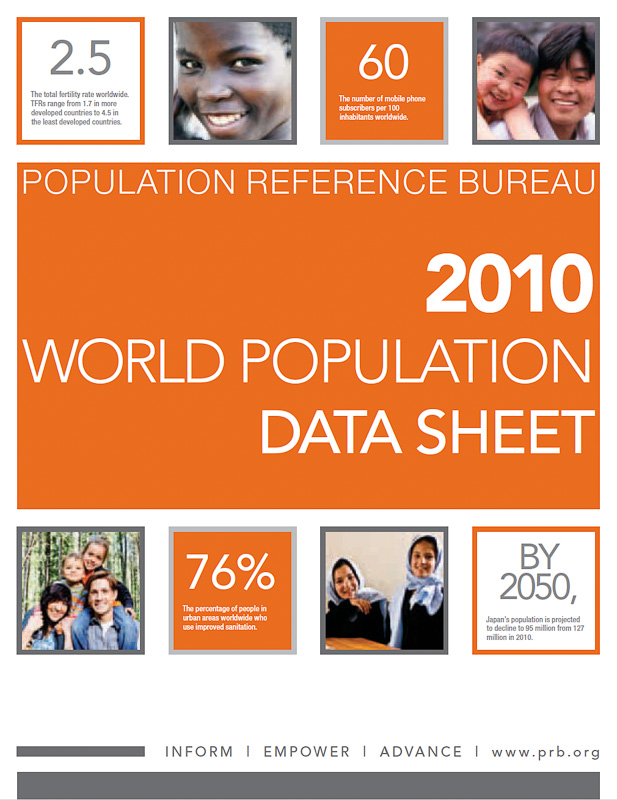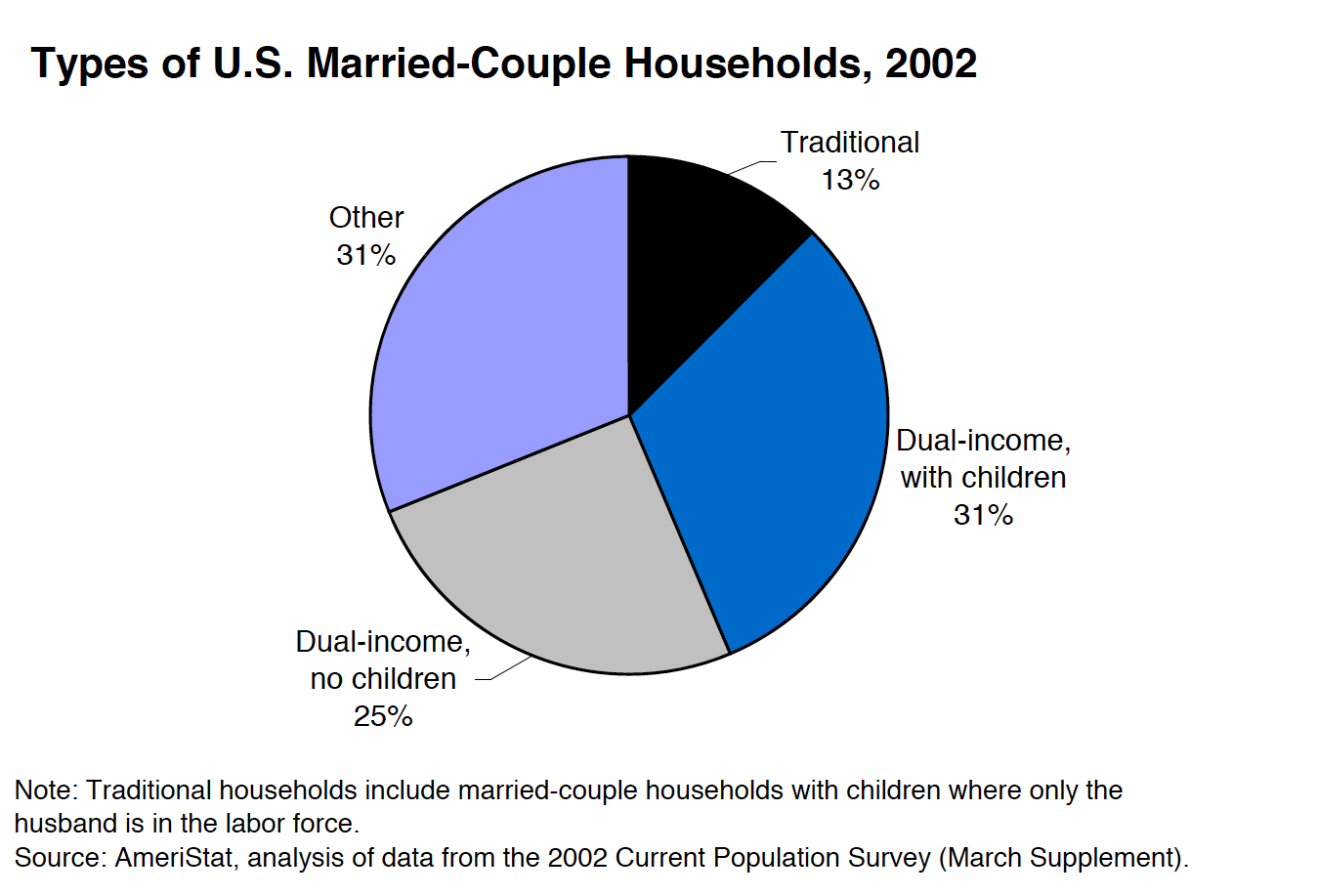Project: PACE: Policy, Advocacy, and Communication Enhanced for Population and Reproductive Health
Fostering Economic Growth, Equity, and Resilience in Sub-Saharan Africa: The Role of Family Planning
This report explores how family planning could and should play a much larger role in Africa’s future through strengthening global competitiveness, advancing equitable growth, and building resilience against natural and manmade stressors and shocks.






